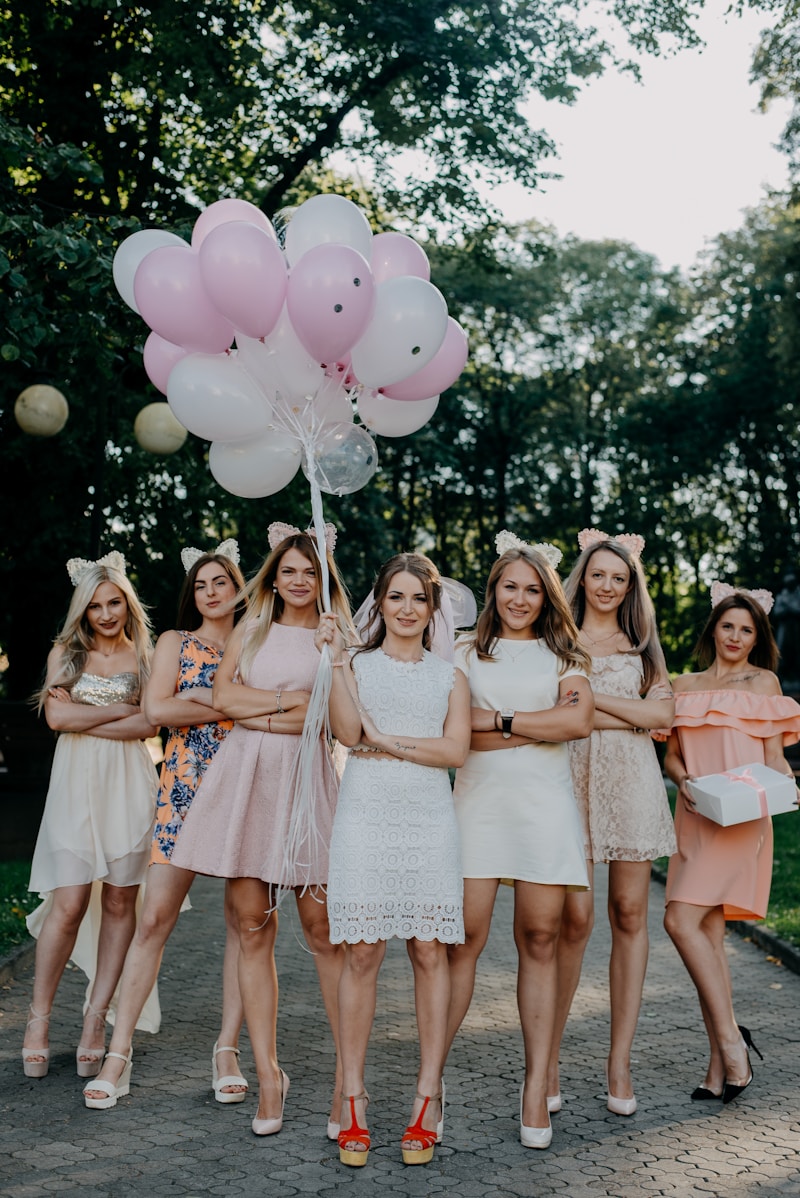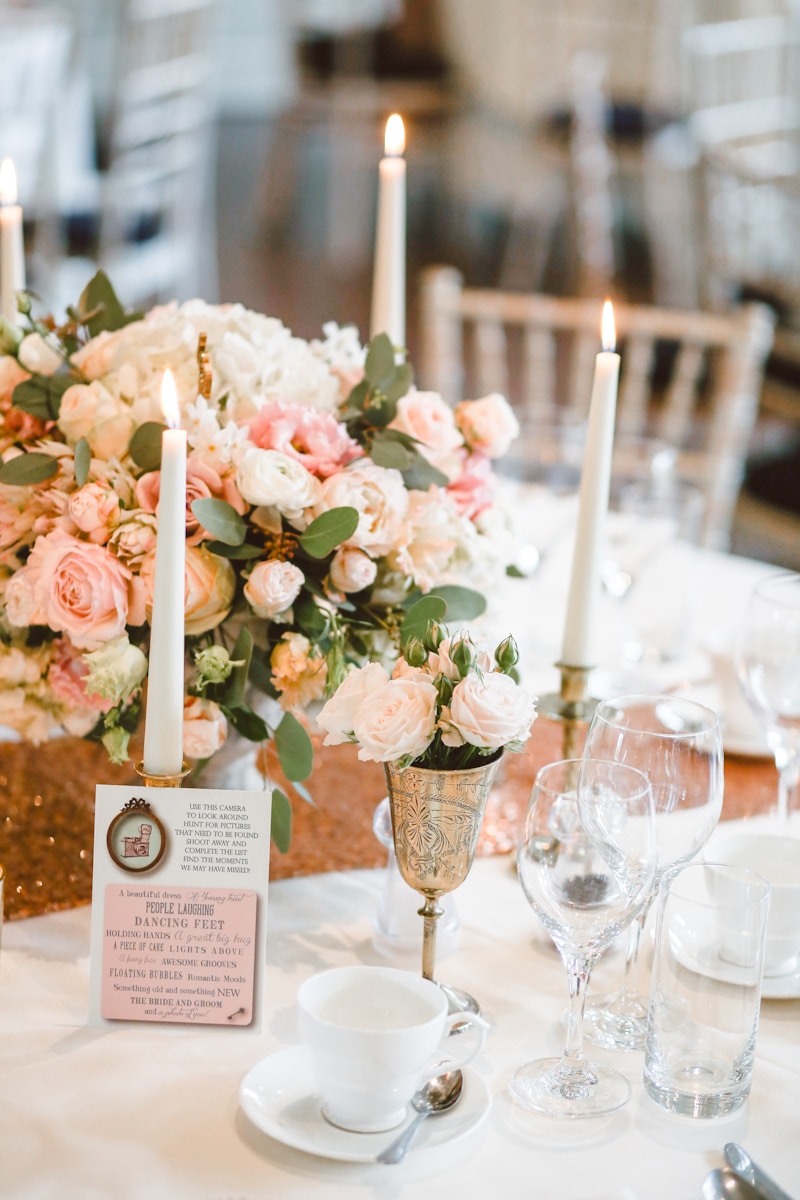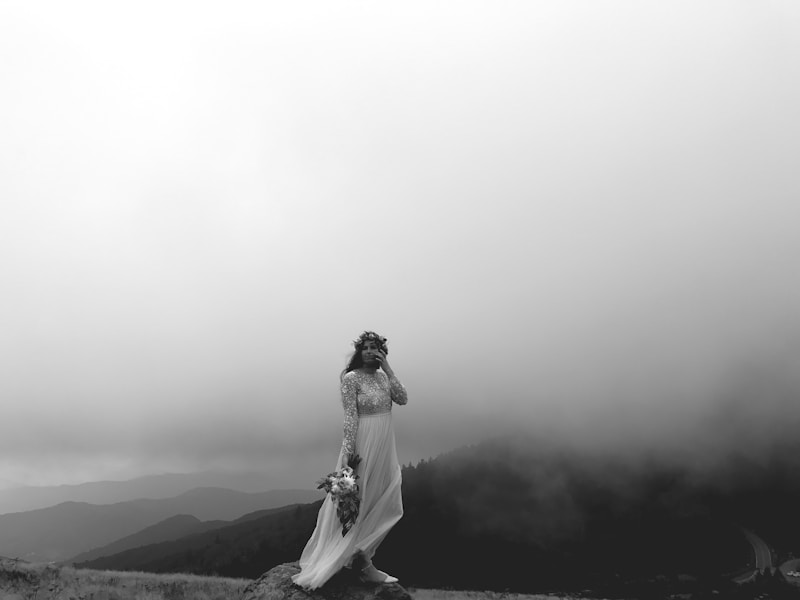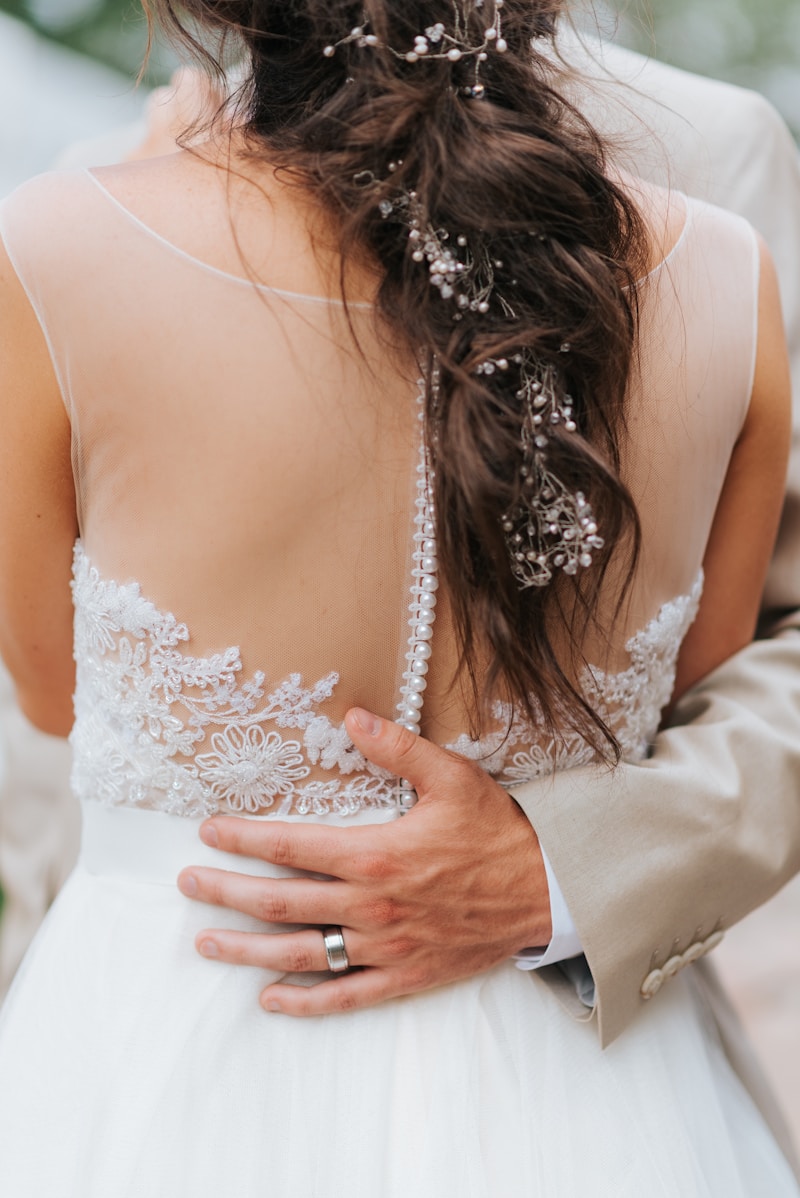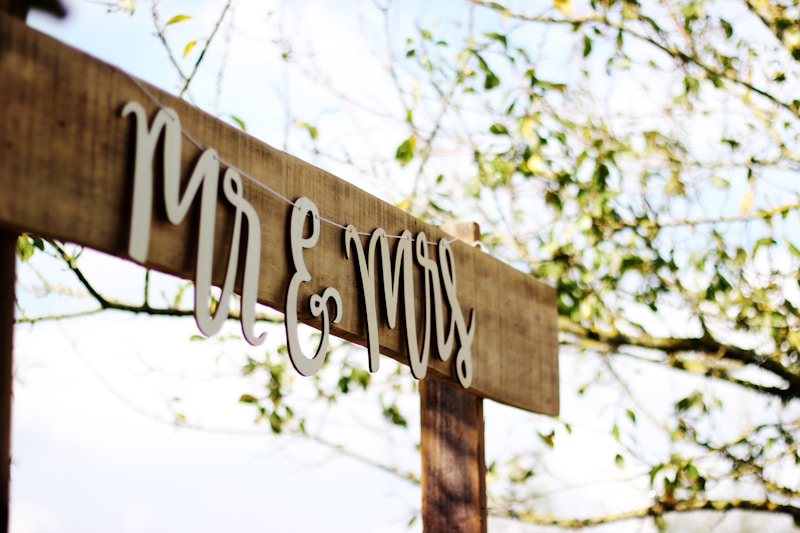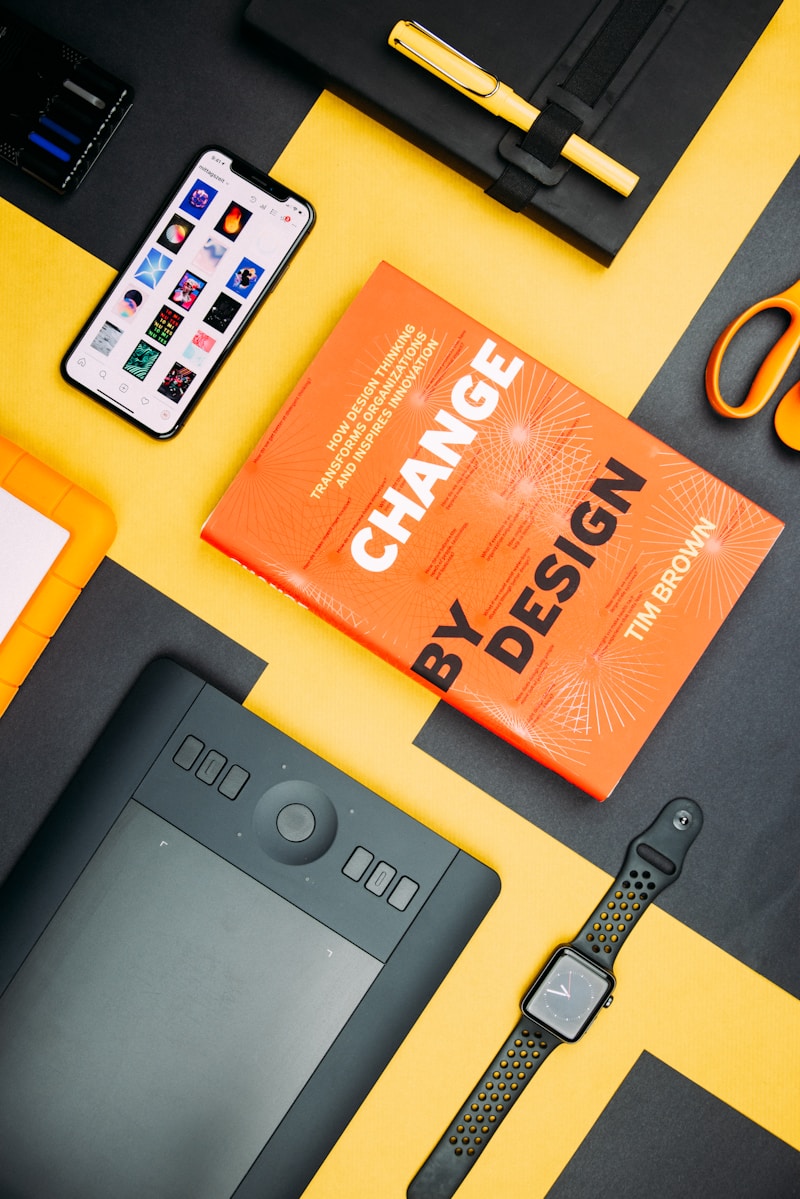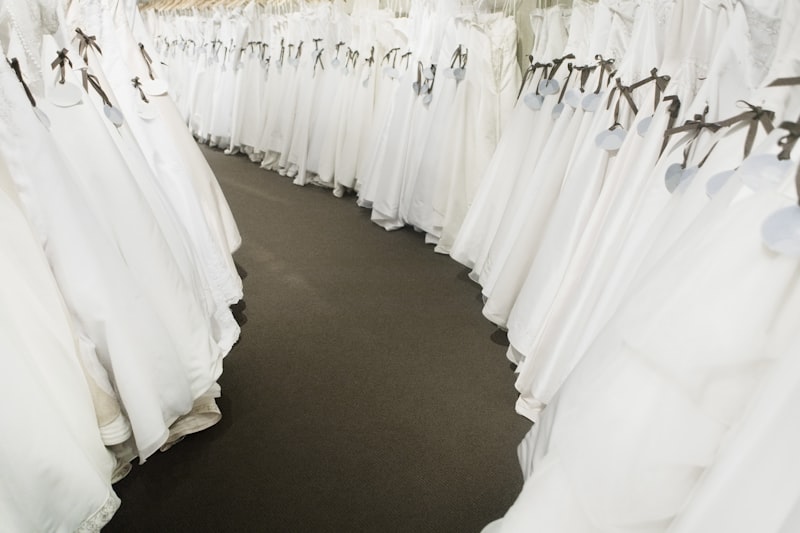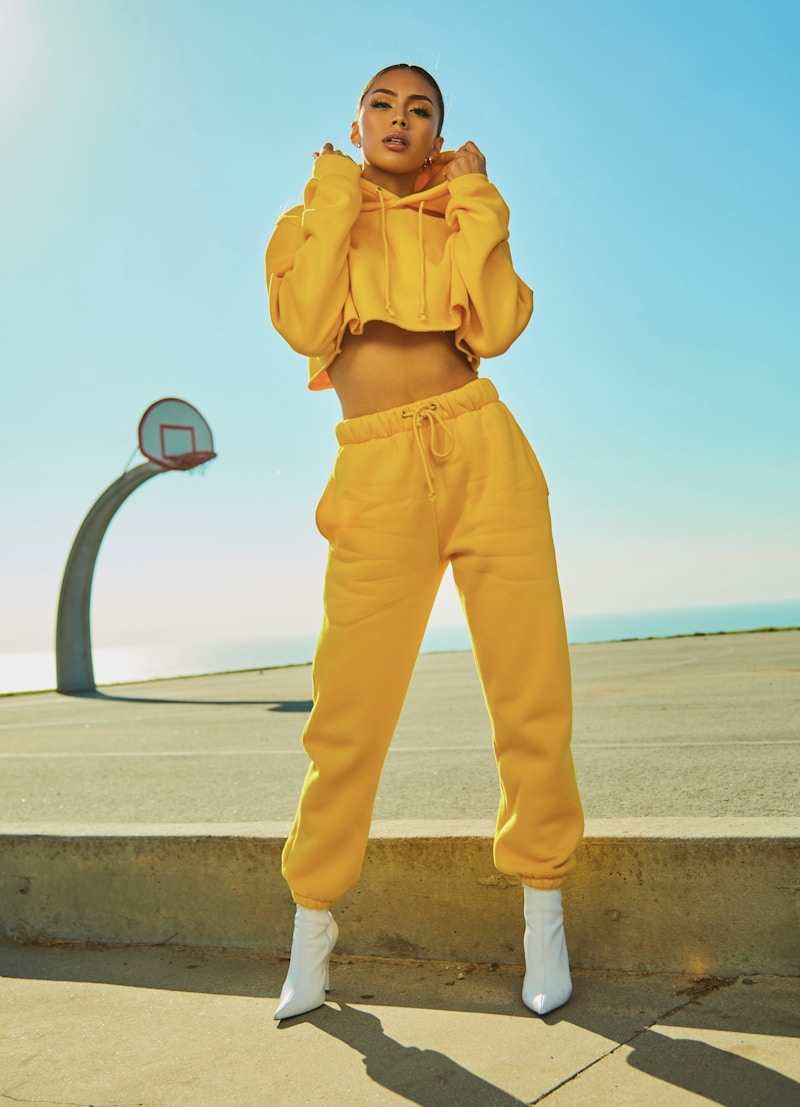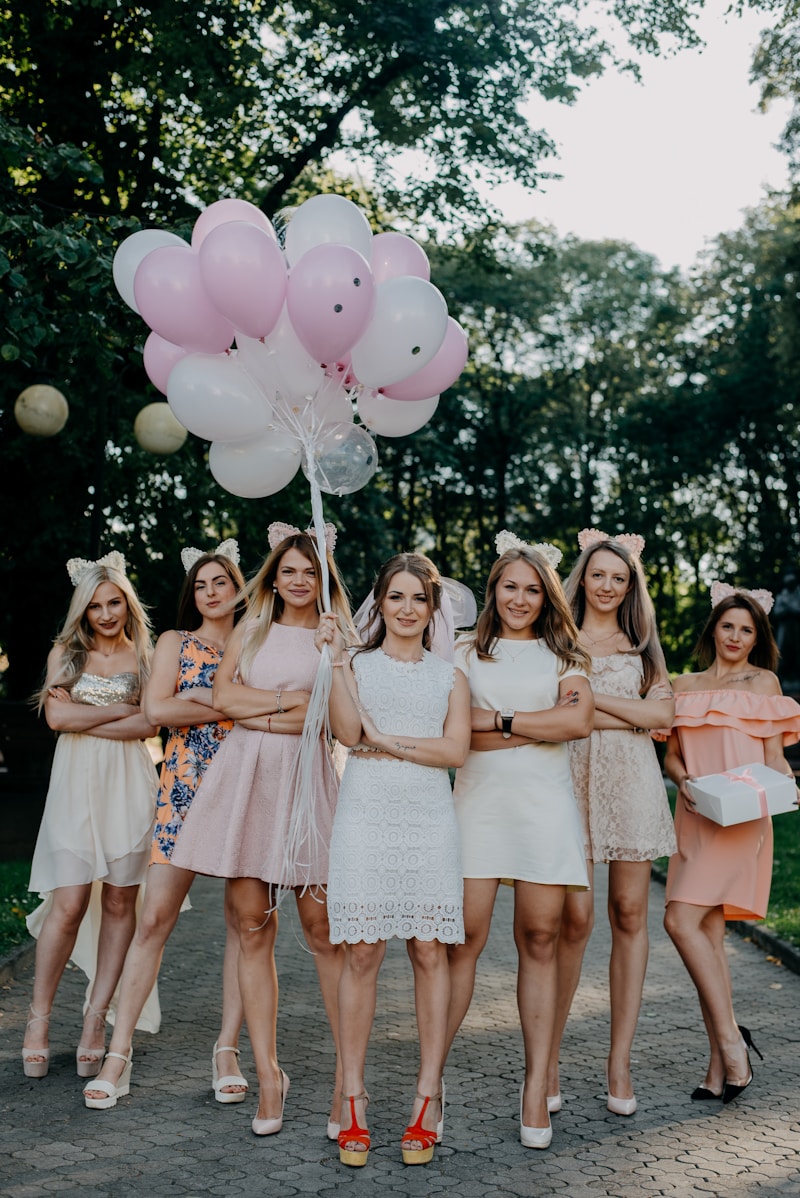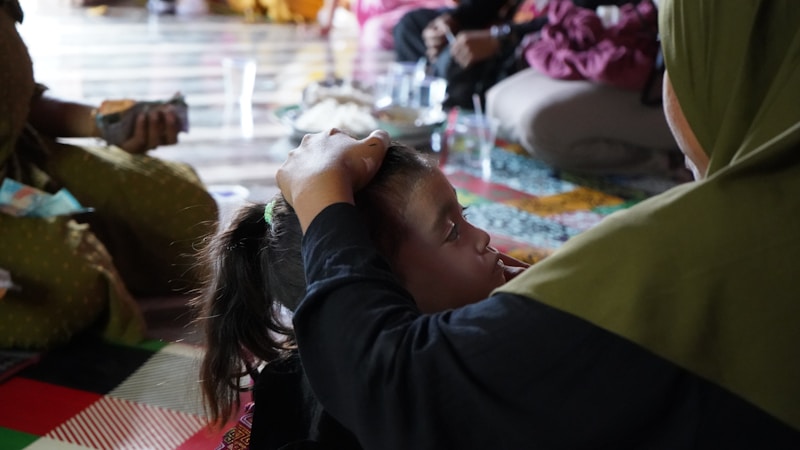Effective Digital Marketing Strategies for Wedding Dress OEM Brands
In today’s competitive fashion industry, especially for Wedding Dress OEM (Original Equipment Manufacturer) brands, embracing digital marketing strategies is not just an option but a necessity. The online marketplace is vast, and with the right strategies in place, wedding dress brands can successfully reach their target audiences, increase brand awareness, and drive sales. This article will explore various digital marketing strategies that Wedding Dress OEM brands can implement to stand out in the ever-evolving digital landscape. Understanding the Target Market Before diving into specific marketing strategies, it’s crucial for Wedding Dress OEM brands to understand their target market. Key demographics typically include engaged couples, bridal boutiques, and dress designers looking for high-quality OEM services. Additionally, understanding regional preferences and trends can assist brands in tailoring their marketing efforts. For instance, wedding dress styles may differ widely in cultures across countries. Therefore, conducting thorough market research can provide insights into customer needs and preferences. Digital Marketing Strategies for Wedding Dress OEM Brands Below are some effective digital marketing strategies tailored for Wedding Dress OEM brands: 1. Search Engine Optimization (SEO) Enhancing your website visibility on search engines is pivotal. Incorporating relevant keywords such as “wedding dresses,” “OEM bridal wear,” and “custom wedding dress manufact...
The Shift Towards Inclusive Wedding Dress Sizing: Celebrating Diversity in Bridal Fashion
IntroductionThe landscape of bridal fashion is experiencing a significant transformation, with an increasing focus on inclusivity in wedding dress sizing. As more brides embrace their unique body types, the demand for inclusive sizing options is greater than ever. This article explores the shift towards inclusive wedding dress sizing, its importance, and how it is reshaping the bridal industry.The Importance of Inclusive Wedding Dress SizingIn recent years, society has made significant strides in promoting body positivity and acceptance. This change has extended to the wedding dress market, where traditional sizing options often left many brides feeling overlooked. The importance of offering a diverse range of sizes cannot be overstated. Here are a few key reasons why inclusive sizing is essential in wedding dresses: Representation and Empowerment: Brides come in all shapes and sizes. Offering a variety of sizing options allows all women to see themselves represented in bridal fashion, significantly enhancing their shopping experience. Increased Sales and Market Reach: Brands that offer inclusive sizes tap into a broader market, attracting brides who may have previously felt excluded from the traditional wedding dress experience. Embracing Diversity: Inclusive sizing celebrates the diversity of body types, promoting positive self-image and allowing brides to choose dresses that make them feel beautiful and confident.Trends in Inclusive Wedding Dress SizingTo further ...
The Influence of Social Media on Wedding Dress Trends
Understanding the Transformation of Wedding Dress Trends through Social MediaIn recent years, social media has dramatically altered how weddings are planned and styled, especially in terms of wedding dress trends. Couples looking to embrace the latest fashions are increasingly turning to platforms like Instagram, Pinterest, and TikTok for inspiration. This article will explore how social media influences wedding dress trends, highlighting the prominent designers, popular styles, and the psychological impact these platforms impart on brides-to-be.The Rise of Social Media in Wedding PlanningSocial media platforms have become essential tools for couples planning their wedding. With millions of images showcasing real weddings and styled shoots, brides can explore countless options for their wedding dress. The convenience of platforms like Instagram and Pinterest offers a visually driven experience that resonates deeply with the fashion-savvy millennials and Gen Z couples.How Social Media Platforms Drive TrendsSocial media allows wedding planners and dress designers to showcase the latest trends to a broader audience. Here are some key points detailing how social media shapes wedding dress trends:PlatformInfluence on TrendsInstagramAn ideal showcase for photographers showcasing modern wedding dresses, featuring hashtags like #weddingdress, #bride, #bridalgown.PinterestOffers a platform for brides to create mood boards and pin their favorite styles, promoting viral trends.TikTokSho...
Millennial and Gen Z Trends in Bridal Attire: The Evolution of Wedding Fashion
The world of bridal attire is constantly evolving, influenced by cultural shifts, technological advancements, and the unique preferences of younger generations. Millennials and Generation Z are leading the charge in redefining what it means to look beautiful on one of the most important days of their lives. In this article, we explore the latest trends, styles, and preferences in bridal fashion, while incorporating insightful tips and forecasts for future bridal wear.The Rise of Millennial and Gen Z BuyersMillennials, typically defined as those born between 1981 and 1996, and Generation Z, born from 1997 onwards, have been instrumental in transforming the wedding industry. With a strong emphasis on individuality, sustainability, and authenticity, these generations are seeking bridal attire that reflects their personal values and lifestyles.Understanding Millennial and Gen Z ValuesMillennials and Gen Z prioritize experiences over material possessions, leading to a unique approach to bridal attire. Here are several key values driving their choices: Sustainability: Eco-friendly fabrics, ethical production methods, and lower environmental impact are crucial. Inclusivity: Diverse body types, gender identities, and cultural backgrounds are celebrated in bridal fashion. Affordability: Many are keen on breaking the bank, seeking stylish options at accessible price points.Key Trends in Bridal Attire for Millennials and Gen ZThis section delves into the trends that are shaping...
The Future of Handcrafted Wedding Dress Techniques: Embracing Tradition and Innovation
IntroductionAs we move deeper into the 21st century, the world of fashion continues to evolve, especially in niche markets such as handcrafted wedding dresses. The rise of sustainability and personalization in fashion has created a unique landscape where traditional techniques meet modern innovation. In this article, we will explore the future of handcrafted wedding dress techniques, analyzing the methods that will define this art form in the years to come.The Importance of Handcrafted Wedding DressesHandcrafted wedding dresses hold a significant place in the hearts of many brides-to-be. They symbolize not just an investment in quality and artistry but also a commitment to sustainability. As more individuals seek to distinguish their wedding day with unique touches, the demand for customized handcrafted dresses continues to grow.Current Trends in Handcrafted TechniquesTo understand the future, it is essential to review current trends in the wedding dress market. Many designers are stepping back into the traditional realm to recycle ancient techniques while incorporating modern materials. Common techniques include:TechniqueDescriptionHand BeadingHand-applied beads to create intricate patterns that add sparkle to the gown.Lace AppliquéUsing delicate lace pieces stitched onto fabric to create elegant designs.Couture DrapingCreating custom patterns directly on the body to achieve the perfect fit.EmbroideryDetailed artwork sewn onto the fabric, often telling a personal story for t...
Changing Dynamics in the Bridal Wear Supply Chain: Insights and Trends
The bridal wear industry has undergone significant transformations over the past few years, driven by shifts in consumer behavior, technological advancements, and evolving market dynamics. Understanding these changes is crucial for stakeholders, from designers and manufacturers to retailers and consumers. In this article, we will explore the changing dynamics in the bridal wear supply chain, examining the factors influencing these shifts and their implications for the industry. The Evolution of the Bridal Wear Market Traditionally, the bridal wear market was characterized by a few dominant players who held significant influence over supply chains. However, the landscape has become increasingly fragmented, with emerging designers, custom boutiques, and online retailers gaining traction. This shift can be attributed to several factors: Consumer Preferences: Modern brides are seeking unique, personalized experiences rather than conventional, mass-produced options. Digital Transformation: E-commerce and social media have revolutionized how brides discover and purchase their gowns. Sustainable Practices: An increasing number of consumers are prioritizing sustainability, prompting designers to adopt eco-friendly materials and ethical production methods. The Role of Technology in the Supply Chain Technology plays a pivotal role in reshaping the bridal wear supply chain. From design to delivery, innovations are enhancing efficiency and responsiveness. Here are some key techn...
How to Leverage Data for Wedding Dress Design Trends
In today's fast-paced fashion landscape, understanding and leveraging data for wedding dress design trends is more crucial than ever. With evolving consumer preferences and tech advancements, designers can now utilize data to create stylish and relevant bridal collections. This article dives into the significance of data analytics in wedding dress design, how to gather valuable insights, and effective strategies to implement those insights into your design process.Understanding the Importance of Data in Fashion DesignData plays a vital role in various industries, and the fashion sector is no exception. In wedding dress design, leveraging analytical insights allows designers to stay ahead of the curve and meet the specific desires of brides. Here are key reasons why data is essential: Informed Decision-Making: By analyzing consumer preferences, seasonal trends, and market demands, designers can make well-informed decisions regarding fabric choices, styles, and colors. Trend Forecasting: Data helps predict future trends based on historical patterns, enabling designers to create collections that resonate with brides. Increased Customer Satisfaction: Catering to actual consumer needs increases customer satisfaction, leading to stronger brand loyalty.Types of Data to LeverageThere are several valuable data sources to consider for wedding dress designers: Data Type Description Market Research Analyzing competitors and industry report...
Formatting Options for Wedding Dress Catalogs in OEM: A Comprehensive Guide
Understanding OEM Wedding Dress CatalogsWhen diving into the world of bridal fashion, one key element that can make or break a business is the presentation of its products. For manufacturers and retailers alike, optimizing the formatting of wedding dress catalogs in Original Equipment Manufacturing (OEM) is crucial. The right format not only enhances visual appeal but also plays a vital role in how potential clients perceive and interact with the brand.Importance of Catalog Formatting in OEMProper formatting options for wedding dress catalogs hold significant weight in the decision-making process for brides-to-be and retailers, influencing both aesthetics and functionality. Below are some reasons why formatting is essential: Visual Appeal: The first impression can lead to higher engagement rates, and an attractive layout will captivate potential customers. Ease of Use: A well-organized catalog allows users to navigate through various designs effortlessly, which is essential for maintaining interest and increasing sales. Brand Identity: Consistent formatting reinforces brand recognition, helping OEM brands stand out in a crowded market.Key Formatting Options to ConsiderEach wedding dress catalog should reflect the essence of the collection it represents. Below are several formatting options that can elevate the quality of OEM wedding dress catalogs:Formatting OptionDescriptionBenefitsGrid LayoutOrganizing wedding dress images in a systematic grid format.Enhances reada...
Navigating Intellectual Property Issues in Bridal Fashion OEM
In the rapidly evolving world of bridal fashion, Original Equipment Manufacturer (OEM) relationships play a crucial role in the design and production of stunning wedding attire. However, with the rise of global trade and the proliferation of online marketplaces, navigating intellectual property (IP) issues in bridal fashion OEM has become increasingly complex. This article aims to illuminate the key challenges and considerations involved in managing IP rights within this unique industry while offering useful insights for designers, manufacturers, and brands alike.Understanding OEM in Bridal FashionOEM refers to a manufacturing model where businesses delegate the production process to third-party suppliers while retaining responsibility for design and branding. In the bridal fashion industry, OEM arrangements can significantly reduce costs and increase efficiency, allowing designers to focus on creativity and innovation. However, engaging in OEM relationships also raises critical IP concerns.Key Intellectual Property Issues in Bridal Fashion OEMThe bridal fashion industry is rich with creativity, and as such, the potential for IP infringement is high. Here are some of the significant IP issues stakeholders should be aware of: Trademark Infringement: Trademarks protect the brand identity of bridal fashion designers. If an OEM manufacturer uses a designer's trademarked logo or brand name without permission, it can lead to confusion among consumers and dilute the brand's reput...
The Role of Feedback in Evolving Wedding Dress Offerings
Understanding the Importance of Feedback in Shaping Wedding Dress TrendsThe wedding dress industry is a dynamic realm where trends evolve rapidly, and the role of feedback in this evolution is crucial. Feedback, whether from customers, designers, or retailers, can significantly influence the types of wedding dresses that are offered in the market. In this article, we will explore how feedback shapes the wedding dress offerings, the importance of customer opinions, and the ways designers can leverage this feedback to create relevant and appealing offerings.The Significance of Customer FeedbackIn today's digital age, customer feedback is more accessible and immediate than ever before. With platforms like social media and online review sites, brides can share their opinions about wedding dresses they’ve tried on or purchased. This feedback serves several important functions: Identifying Trends: Customers often provide insights into what styles are gaining popularity, be it lace designs, vintage themes, or minimalistic cuts. Highlighting Quality: Feedback can shed light on the quality of fabrics, stitching, and overall wearability, which are crucial elements for brides desperate to look and feel their best. Understanding Preferences: Listening to brides helps designers pinpoint specific preferences, such as eco-friendly materials or customizable options.Collecting Feedback: Strategies for DesignersFor designers and retailers, gathering feedback effectively is key to adapting t...
The Intersection of Fashion and Entrepreneurship in Bridal Wear
Understanding the Fusion of Fashion and Entrepreneurship in Bridal WearThe world of bridal wear is not just about exquisite dresses and elegant accessories; it also represents a vibrant intersection of fashion and entrepreneurship. For designers and brands, creating stunning bridal collections involves navigating a complex landscape of market trends, customer preferences, and innovative business strategies. This article delves deep into how fashion and entrepreneurship converge in the bridal wear industry, exploring key trends, successful business models, and the future landscape of bridal fashion.The Evolving Bridal Wear MarketIn recent years, the bridal wear market has undergone significant transformation. No longer are brides solely seeking traditional gowns; they are now looking for unique styles that reflect their personalities and values. This shift has opened numerous avenues for entrepreneurship within the fashion realm.Trends in Bridal WearImplications for EntrepreneursCustom and Personalized DesignsOpportunity for bespoke services and unique collectionsEco-Friendly MaterialsGrowing market for sustainable fashionInclusive Sizing and StylesDiverse offerings to appeal to a broader customer baseOnline Shopping ExperienceNeed for robust e-commerce platformsFashion Trends Shaping Bridal WearThe contemporary bridal market reflects a blend of modern aesthetics and traditional influences. Key fashion trends impacting this sector include:1. Customization and PersonalizationMo...
Investigating Global Trends Impacting Wedding Dress Styles
Introduction to Global Wedding Dress TrendsThe world of wedding fashion is as diverse as the cultures that celebrate love. Each year, new trends emerge, reshaping the styles of wedding dresses in unexpected ways. In this article, we will delve into various global trends impacting wedding dress styles, highlighting the influences of culture, climate, and socio-economic factors.Influential Factors in Wedding Dress StylesSeveral elements contribute to the evolution of wedding dress designs across the globe. Let's explore some key factors:FactorDescriptionCultural TrendsCultural heritage and traditions play a significant role in wedding dress styles.Celebrity InfluencesCelebrity weddings often set the tone for new trends.GlobalizationCross-cultural exchange leads to a blend of styles and ideas.Environmental ConsiderationsIncreasing awareness of sustainability is shaping dress materials.Technological AdvancesInnovations in fabric and design are revolutionizing wedding attire.Cultural Influences on Wedding DressesDifferent cultures bring unique designs and styles to wedding dresses, reflecting local traditions and beliefs. For instance, in India, brides often choose vibrant red or gold saris, rich in symbolism and history. In contrast, Western weddings frequently showcase white dresses, a color symbolizing purity. As globalization broadens access to diverse fashions, many brides are mixing elements from different cultures, creating a personalized and modern bridal look.Celebrity In...
Adapting to Changes in Consumer Demographics for Wedding Dresses: A Comprehensive Guide
In today’s ever-evolving market, understanding consumer demographics is essential for any business, especially in the wedding dress industry. As societal norms shift, so too do the preferences and expectations of brides-to-be. This article will explore the critical factors influencing these changes and provide insights into how wedding dress retailers can adapt their strategies to cater to a diverse clientele. In doing so, we will address key demographic trends, potential challenges, and actionable recommendations for success. Understanding the Shift in Consumer Demographics The landscape of bridal fashion is changing dramatically. Traditional demographics are being redefined, influenced by a variety of factors, including cultural shifts, economic changes, and technological advancements. For instance, the rise of the LGBTQ+ community has diversified the types of weddings and preferences for attire. Additionally, the increasing age of first-time brides and changing values around marriage have also impacted consumer behavior. Key Demographic Trends Age: More individuals are choosing to marry later in life. According to recent studies, the average age for first marriages has steadily increased to 30 for women and 32 for men. Cultural Influence: With globalization, brides from various backgrounds are looking for wedding dresses that reflect their heritage while still merging contemporary styles. Body Positivity: The movement towards body inclusivity is a crucial trend. ...
